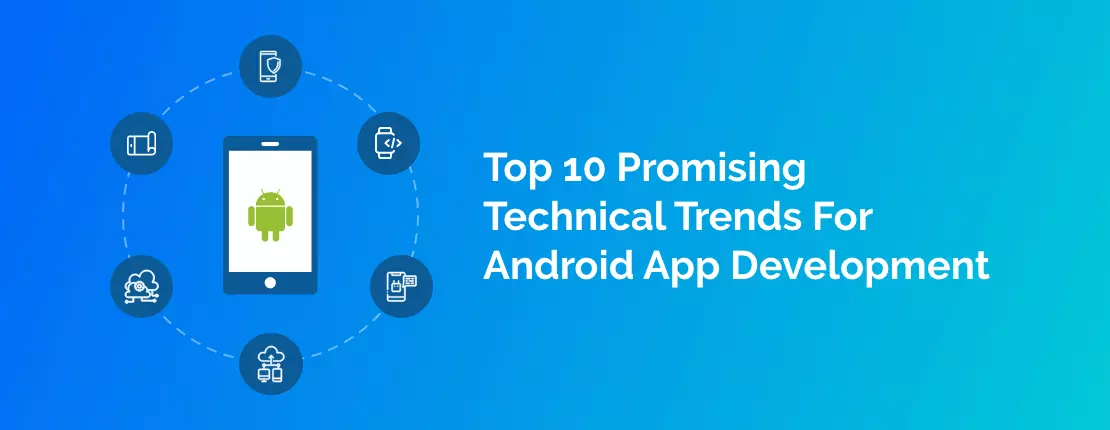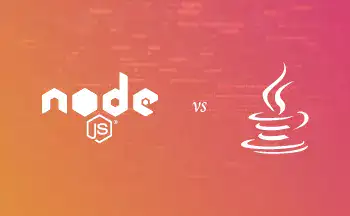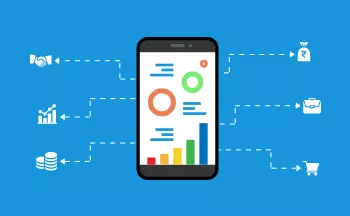Currently, there are 2.1 billion smartphone users around the world. According to a report by TouchPoints, people from the age group of 15-24 use their phones 387 times a day and people aged 25 and above use their phones about 264 times a day. Considering that an average person sleeps for 10 hours daily, these stats mean that people indulge in some kind of activity on their phones every minute.
Quite understandably, computing now has changed drastically compared to what it used to be, a few years ago. Earlier we'd have to use a computer to check emails, but now with phones, we have technology on the go. Certain things that we easily do today from the comfort of our homes, like buying flight tickets, or sending money from one corner of the world to another are something our ancestors probably could have never imagined. But with innovations in the mobile app industry, we now have all these apps at our disposal.
Let's look at some stats. In 2008, iOS App Store was launched with 500 apps. As of now, there are about 1.85 million apps on it. For Android, there are about 2.56 million apps on the Play Store. There are three millions smartphone users over the world, so it won't be understatement to say that the mobile app industry is flourishing like never before. Smartphone penetration and app usage are seeing a solid growth which isn't going to slow down any time soon. With 1.14 billion users of tablets, the number has increased by 36% in the last 6 years. This brings us to an important realization - we literally spend most, if not all of our time on our phones. What are we doing on our phones? Well, the research says, people spend 88% of their time on apps. This is amazing news for app developers, if two other things fall in sync for them - your app needs to be downloaded and used by the users. The industry has a scope of tremendous growth, and for that, app developers need to be updated with the latest tech trends.
We have listed down the promising trends that are here to rule the app development industry :
-
Instant Apps
With Android Studio, developers can build instant app experiences for improving the app discovery. Here, the users can try apps without installation. Because of size restrictions, full versions of the instant apps are not available, but in the next few years, these limitations are going to be met with. Since any app user would look for a good experience, an option of finding that out without having to actually download the app is a great feature. If you are an app developer, now you'll have to have instant versions of your app.
-
Cloud Computing Apps
One of the many promising possibilities of Cloud computing is improving the app performances for a better user experience. Storing data and carrying out complex tasks can be easily done on apps now, rather than storing all the information on the user's device. Not only does this streamline development operations, but it's also a cost-effective development solution. It has been forecasted that by the end of 2020, 83% of enterprise workloads will be cloud-based.
-
IOT Apps
With the massive smartphone penetration in all the major industries and sectors, the opportunities for the Internet of Things are endless. People constantly seek out technology for an easier and better life. We now have mobile apps for everything - from adjusting the thermostat and operating the entire functionalities of the house to handling home security systems.
-
On-Demand Apps
Apps like Booking.com, Airbnb, Ola, and Uber have shown how successful apps in this space can be. This type of app is for a mobile app reseller which generates a huge opportunity for them to widen their customer base. By leveraging on-demand capabilities, clients can add advanced functionality to their apps which will increase profits for everyone.
-
Apps for Foldable Devices
Foldable devices are a huge rage currently and the app development for them comes with a few challenges. Users can make calls with a closed device, but for watching a video on a large screen, the device will be unfolded. Hence, in terms of app development, content creators and resellers will have to keep these things in mind. The aim is to create apps which can seamlessly adjust per the folding and unfolding of the device. It has been forecasted that by 2022, 50 million foldable devices will be sold.
-
App with Predictive Analytics capability
Apps with predictive analytics can forecast events using data by leveraging technology for machine learning, AI, data mining, and modeling. This type of analytics will be implemented on a more mainstream level for a wide range of mobile apps. The primary purpose will be to enhance the UI/UX of an app. The idea here is that no two users should have the same experience with the same app. Based on a user's behavior history and actions, preferences and products will be suggested.
-
Mobile Wallets
With the way smartphones are integrated into all sectors of our lives, it's no surprise that the mobile wallet industry with giants like Apple Pay, Samsung Pay, and Google Pay, has boomed. Hence it's inevitable to keep mobile wallets in consideration while developing apps. Developers now should integrate wallet feature as a standard for all the apps with transaction requirements. According to reports, in 2019, there were $6.1 billion worth transactions through mobile wallets. By 2022, this number is expected to shoot to $13.98 billion.
-
Apps for Wearable Devices
The wearable device industry, as advanced as it may seem right now, has just begun to boom. With mobile app integration for wearable devices, there is promise for enormous growth as users will be able to download thousands of apps right from their wrists. App developers have to get on with this technology and stay updated.
-
Chatbots
Chatbots have gained immense popularity over the years due to consumer demand, leading to them becoming a customer service standard. As AI technology is used to drive the chatbots, the responses sound like humans. This happens to be one of the many reasons why AI is only going to be trending upwards from hereon. It has been reported that yearly, the global chatbot market grows by 24%.
-
Augmented Reality
AR adaption is yet another app development trend that app developers and content creators should integrate. Snapchat and Instagram have used this technology to come up with face filters and it could be done with other apps as well. Google Maps also has a Live View feature that allows the users to view directions turn by turn on real-world imagery in real-time.
Closing thoughts
To stay competitive, mobile app developers cannot sustain using stale information and outdated tools as the app development industry is constantly growing and evolving. The market is shifting and it's important to adapt to it. With our list, we have just scratched the surface of the ever-evolving mobile industry. Android is on an unprecedented path to maximize user experience based on customer demands, so getting on these trends will help staying relevant and to get the maximum ROI.





